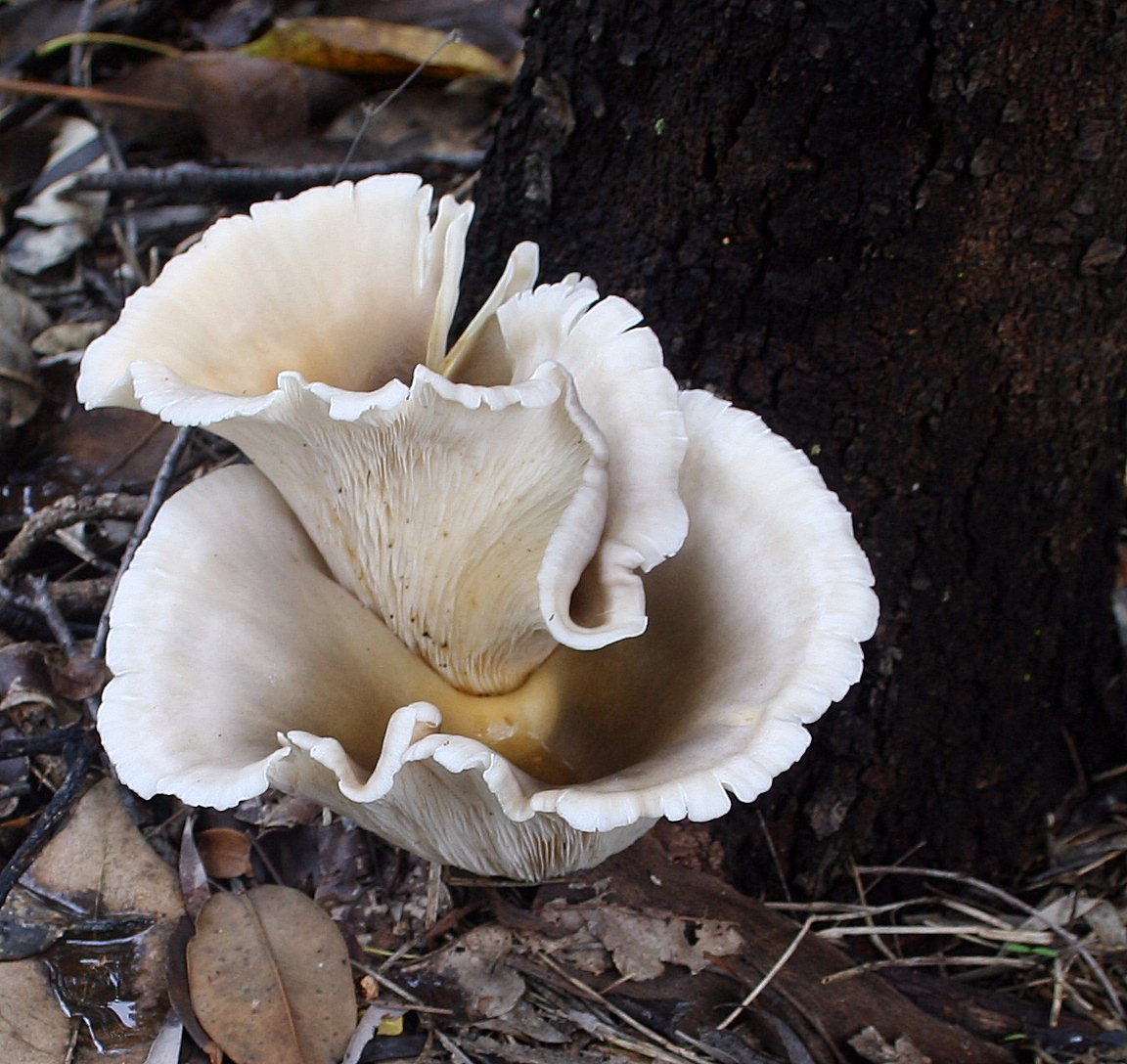|
Diplodia Allocellula
''Diplodia allocellula'' is an endophytic fungus that might be a latent pathogen. It was found on ''Acacia karroo ''Vachellia karroo'', commonly known as the sweet thorn, common acacia, Karoo thorn, Cape gum or cockspur thorn, is a species of ''Vachellia'', native to southern Africa from southern Angola east to Mozambique, and south to South Africa. It is ...'', a common tree in southern Africa. References Further reading *Jami, Fahimeh, et al. "Greater Botryosphaeriaceae diversity in healthy than associated diseased Acacia karroo tree tissues." Australasian Plant Pathology 42.4 (2013): 421–430. *Jami, Fahimeh, et al. "Botryosphaeriaceae species overlap on four unrelated, native South African hosts." Fungal Biology 118.2 (2014): 168–179. External links * Botryosphaeriaceae Fungi described in 2012 Fungi of Africa Fungal plant pathogens and diseases {{Dothideomycetes-stub ... [...More Info...] [...Related Items...] OR: [Wikipedia] [Google] [Baidu] |
Endophyte
An endophyte is an endosymbiont, often a bacterium or fungus, that lives within a plant for at least part of its life cycle without causing apparent disease. Endophytes are ubiquitous and have been found in all species of plants studied to date; however, most of the endophyte/plant relationships are not well understood. Some endophytes may enhance host growth, nutrient acquisition and improve the plant's ability to tolerate abiotic stresses, such as drought and decrease biotic stresses by enhancing plant resistance to insects, pathogens and herbivores. Although endophytic bacteria and fungi are frequently studied, endophytic archaea are increasingly being considered for their role in plant growth promotion as part of the core microbiome of a plant. History Endophytes were first described by the German botanist Johann Heinrich Friedrich Link in 1809. They were thought to be plant parasitic fungi and they were later termed as "microzymas" by the French scientist Béchamp. There wa ... [...More Info...] [...Related Items...] OR: [Wikipedia] [Google] [Baidu] |
Acacia Karroo
''Vachellia karroo'', commonly known as the sweet thorn, common acacia, Karoo thorn, Cape gum or cockspur thorn, is a species of ''Vachellia'', native to southern Africa from southern Angola east to Mozambique, and south to South Africa. It is a shrub or small to medium-sized tree which grows to height of 12m. It is difficult to tell apart from ''Vachellia nilotica'' subsp. ''adstringens'' without examining the seed pods. The Botanical Society of South Africa has accepted a name change to ''Vachellia karroo''. Common names in various languages include ''doringboom'', ''soetdoring'', ''cassie'', ''piquants blancs'', ''cassie piquants blancs'', ''deo-babool'', ''doorn boom'', ''kaludai'', ''kikar'', ''mormati'', ''pahari kikar'', ''umga'' and ''udai vel''. Identification It is a shrub or small to medium-sized tree which grows to height of 12m. ''Vachellia karroo'' has a rounded crown, branching fairly low down on the trunk. It is variable in shape and size, reaching a maximu ... [...More Info...] [...Related Items...] OR: [Wikipedia] [Google] [Baidu] |
Botryosphaeriaceae
The Botryosphaeriaceae are a family of sac fungi (Ascomycetes), which is the type representative of the order Botryosphaeriales. According to a 2008 estimate, the family contains 26 genera and over 1500 species. Members of this order include notable plant pathogens. Genera This is a list of the genera in the Botryosphaeriaceae, based on a 2022 review and summary of fungal classification by Wijayawardene and colleagues. Following the genus name is the taxonomic authority (those who first circumscribed the genus; standardized author abbreviations are used), year of publication, and the number of species: *'' Alanphillipsia'' – 5 spp. *''Barriopsis'' – 5 spp. *'' Botryobambusa'' – 2 spp. *''Botryosphaeria'' – 9 spp. *'' Cophinforma'' (2) *''Dichomera'' *''Diplodia'' – more than 1000 spp. *''Dothiorella'' – about 400 spp. *'' Endomelanconiopsis'' – 3 spp. *'' Eutiarosporella'' – 7 spp. *''Lasiodiplodia'' –37 spp. *'' Macrodothiorella'' *''Macrophoma'' ... [...More Info...] [...Related Items...] OR: [Wikipedia] [Google] [Baidu] |
Fungi Described In 2012
A fungus (plural, : fungi or funguses) is any member of the group of Eukaryote, eukaryotic organisms that includes microorganisms such as yeasts and Mold (fungus), molds, as well as the more familiar mushrooms. These organisms are classified as a Kingdom (biology), kingdom, separately from the other eukaryotic kingdoms, which by one traditional classification include Plantae, Animalia, Protozoa, and Chromista. A characteristic that places fungi in a different kingdom from plants, bacteria, and some protists is chitin in their cell walls. Fungi, like animals, are heterotrophs; they acquire their food by absorbing dissolved molecules, typically by secreting digestive enzymes into their environment. Fungi do not photosynthesize. Growth is their means of motility, mobility, except for spores (a few of which are flagellated), which may travel through the air or water. Fungi are the principal decomposers in ecological systems. These and other differences place fungi in a single gro ... [...More Info...] [...Related Items...] OR: [Wikipedia] [Google] [Baidu] |
Fungi Of Africa
A fungus ( : fungi or funguses) is any member of the group of eukaryotic organisms that includes microorganisms such as yeasts and molds, as well as the more familiar mushrooms. These organisms are classified as a kingdom, separately from the other eukaryotic kingdoms, which by one traditional classification include Plantae, Animalia, Protozoa, and Chromista. A characteristic that places fungi in a different kingdom from plants, bacteria, and some protists is chitin in their cell walls. Fungi, like animals, are heterotrophs; they acquire their food by absorbing dissolved molecules, typically by secreting digestive enzymes into their environment. Fungi do not photosynthesize. Growth is their means of mobility, except for spores (a few of which are flagellated), which may travel through the air or water. Fungi are the principal decomposers in ecological systems. These and other differences place fungi in a single group of related organisms, named the ''Eumycota'' (''true fungi' ... [...More Info...] [...Related Items...] OR: [Wikipedia] [Google] [Baidu] |

.jpg)

